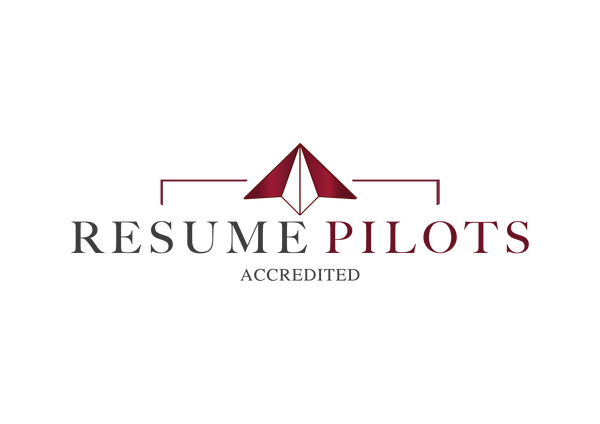
How To Improve Your Resume's Layout and Readability
Make Your Resume More Skimmable By Leveraging Margins, Spacing, and Fonts Effectively
An eye-tracking study from The Ladders shows that recruiters spend just 7.4 seconds initially reviewing a resume before deciding whether it makes the cut.
As a result, it's critically important that you devote ample time to optimizing your resume's formatting.
When adjusting formatting, you should focus on maximizing skim value.
In our case, skim value simply refers to how easy it is for recruiters to skim your resume and pick up the key information they want to see.
We recommend focusing on three key design features that will improve your document's skim value:
- Margins
- Spacing
- Fonts
By balancing these three elements, you'll help ensure that recruiters spend more time on your resume and leave them with a positive first impression.
1. Margins
If you find that your content looks cramped or it is spilling over onto a second page, consider widening your margins.
You want your margins to be anywhere between 1/2 inch to 1 inch.
If they're any smaller, your resume may not print out correctly.
If they're any larger, your page may look a bit empty.
To adjust your margins in Microsoft Word, follow these steps.
2. Spacing
When it comes to spacing, keep the following two guidelines in mind:
1) Your spacing between all sections needs to be consistent.
2) You should incorporate enough spacing to give your document "breathing room," ensuring it's isn't cluttered and difficult to read.
Why You Should Pay Close Attention to Spacing
Simply put, inconsistent spacing looks sloppy.
When recruiters see a document that isn't formatted consistently, it signals a lack of attention to detail.
Given that your resume often serves as your first impression, it's worth taking a few minutes to fix these issues.
How to Adjust Paragraph Spacing in Microsoft Word
To increase or decrease the spacing between each of your sections, adjust the paragraph spacing setting.
In Microsoft Word, click into the paragraph (or last line) that you want to add spacing before/after.
Then, follow these instructions. Refer to point #3 under the "change the line spacing in a portion of the document" section.
Once you are happy with the spacing you have for one of your paragraphs, you can quickly "copy and paste" the same formatting onto other paragraphs.
You can utilize the format painter tool to do so.
3. Fonts
You should consider both your font size and style.
Font Size
We recommend sticking to fonts between 10 and 12 points in size.
Anything smaller will be difficult to read, making your resume look cramped.
You should also make sure that your font sizes are consistent in each section.
Font Type
We strongly recommend using a serif font.
Serif fonts have letters that slightly curl, such as those you typically see in books.
While these fonts can seem a bit old-fashioned compared to sans-serif options such as Arial and Helvetica, studies show that they are easier to read.
A strategic font choice for your resume can help recruiters pick up the information you want them to see more quickly, given the short time they'll spend initially reading it.
Fonts we recommend for your resume include:
- Book Antiqua
- Cambria
- Garamond
- Georgia
- Times New Roman
In Summary
While the elements we discussed matter, don't underestimate the importance of crafting achievement-based bullet points and tailoring your resume to specific roles.
Your content, when paired with neat formatting, will help differentiate you from other applicants.
Remember that the main purpose of adjusting your margins, spacing, and font is to make your resume looks neat and clutter-free.
You'll need to play around with the proportions of each element to ensure your font size looks well-proportioned in comparison to your spacing, for example.
If you make these adjustments and find that your document still looks cramped, consider condensing your content.
To find out more, visit our website www.resumepilots.com. If you have any further questions, you can either book a consultation call with one of our team, or get in touch via email on team@resumepilots.com

